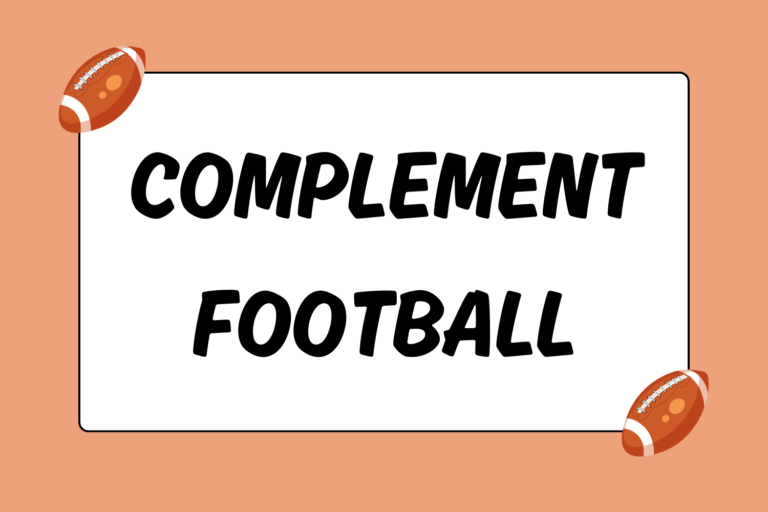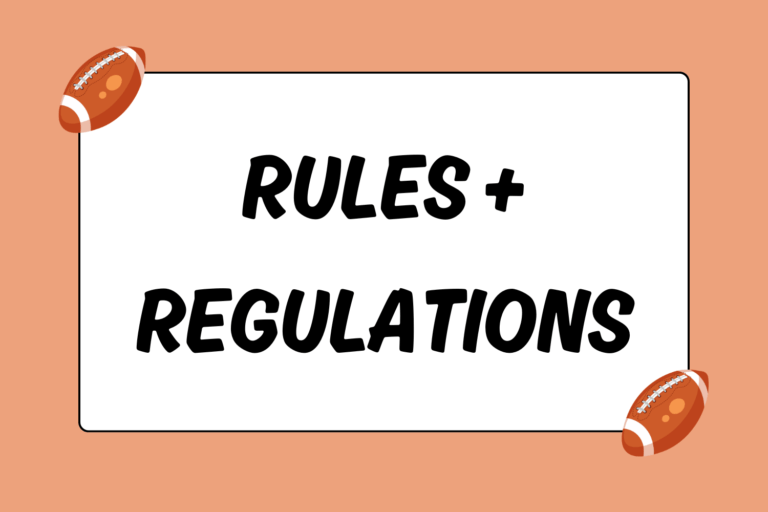If there’s one attribute that’s required of all football players, it’s the ability to both give and take a hit. The degree of physicality varies from one position to the next; a punter will hardly ever be in a contact situation, while offensive-linemen hit and get hit on every single down.
Still, when first learning the game, indoctrinating players into the physical side of the game is just as important as helping them build other non-physical skills, such as throwing and catching. Below are a few drills that can be used to safely help players embrace football’s physicality.
The Log Roll Drill
The “log roll” drill is really part agility drill, part contact drill. Here’s how it works:
- Three players line up in a parallel line, spaced a few yards apart.
- On the whistle (or starting word, like “go!”), the player in the middle (Player 1) will dive either to his left or to his right. In this instance, say he chooses to go to the right. As soon as he hits the ground, he rolls completely over and springs back to his feet.
- The player in the right side of the line (Player 2) will dive over Player 1 just as he starts to execute his roll, ending up in a roll of his own that will take him towards the player on the left side of the line (Player 3).
- Player 3 will dive over Player 2 as he’s rolling, taking Player 3 towards Player 1. Player 1 then dives over Player 3, and the process starts all over again.
- This cycle will continue until you release the players, who should then sprint out of the drill.
Though the players shouldn’t ever hit each other in this drill, they will have to hit the ground repeatedly. More importantly, they will have to quickly get back to their feet after hitting the ground. As a result, this drill helps players learn how to react and quickly recover when going to the ground.
The Gauntlet Drill
The Gauntlet is a relatively simple drill, and it works very well as part of a warm-up. Essentially, this drill has one player — a simulated ball-carrier — run through a tunnel created by two lines of players. As the ball-carrier passes each player, he will step towards them and make a hit with the closest shoulder pad.
- To start out, the players forming the tunnel should have contact shields, which the ball-carrier will hit as he passes them.
- However, to increase the level of contact, remove the shields and have the ball-carrier execute a solid shoulder-to-shoulder hit with each of the players in the tunnel.
Another variation of the gauntlet has the lines of players in the tunnel grouped very close together, so the ball-carrier must hit them in very rapid succession. The key is for the ball-carrier to continuously run through the hits, rather than let the hits drain away his forward momentum.
Hot Tip: Start Slow
Depending on players’ experience levels, it may be a good idea to walk through these drills at half-speed so you can ensure that they understand how to correctly perform the drill.
The Hit-wrap-drive Drill
The name “Hit-Wrap-Drive” refers to the three steps of tackling — making contact with the ball-carrier, securing him, and taking him to the ground. Here’s how it works:
- Have players line up single-file; only one player performs this drill at a time.
- Explain to players that they will be going though this drill in two phases. For the first phase, they will execute the three steps of the tackle (hit, wrap, and drive) individually as the coach calls each one out. After every player completes phase one, they will combine the steps and execute a full tackle in one fluid move.
- The first player steps forward and gets into a 3-point stance. The coach should hold a full-size tackling dummy (rather than just a contact shield) and stand a few yards in front of the player.
- The coach will call out “hit!” and the player launches out of his stance and puts a shoulder into the tackling dummy; on “Wrap!” the player wraps both arms around the dummy; on “Drive!” the player pushes the dummy back several steps. The coach should apply a bit of resistance, forcing the player to put some effort into the drive.
- If the coach sees something that the player needs to work on for any of the tackling phases, he should tell the player at the end of the repetition. When all players have gone through phase one to the coach’s satisfaction, phase two starts and the players perform a full tackle.
This drill is especially versatile because you can adjust the degree of physicality. For example, to increase the level of contact, the coach can eventually let go of the tackling dummy, requiring players to take it all the way to the ground. For even more physicality, you can replace the tackling dummy with another player. However, that option should only be used with experienced and/or older players.
Contact is a Football Skill
Though it’s usually considered an inherent characteristic of the game, knowing how to handle contact is a crucial football skill. Players need to dedicate themselves to tackling technique and form, and it’s up to the coaching staff to prepare the players for contact situations. However, it’s important to start slow and moderate the level of physicality, especially with newer or younger players.





